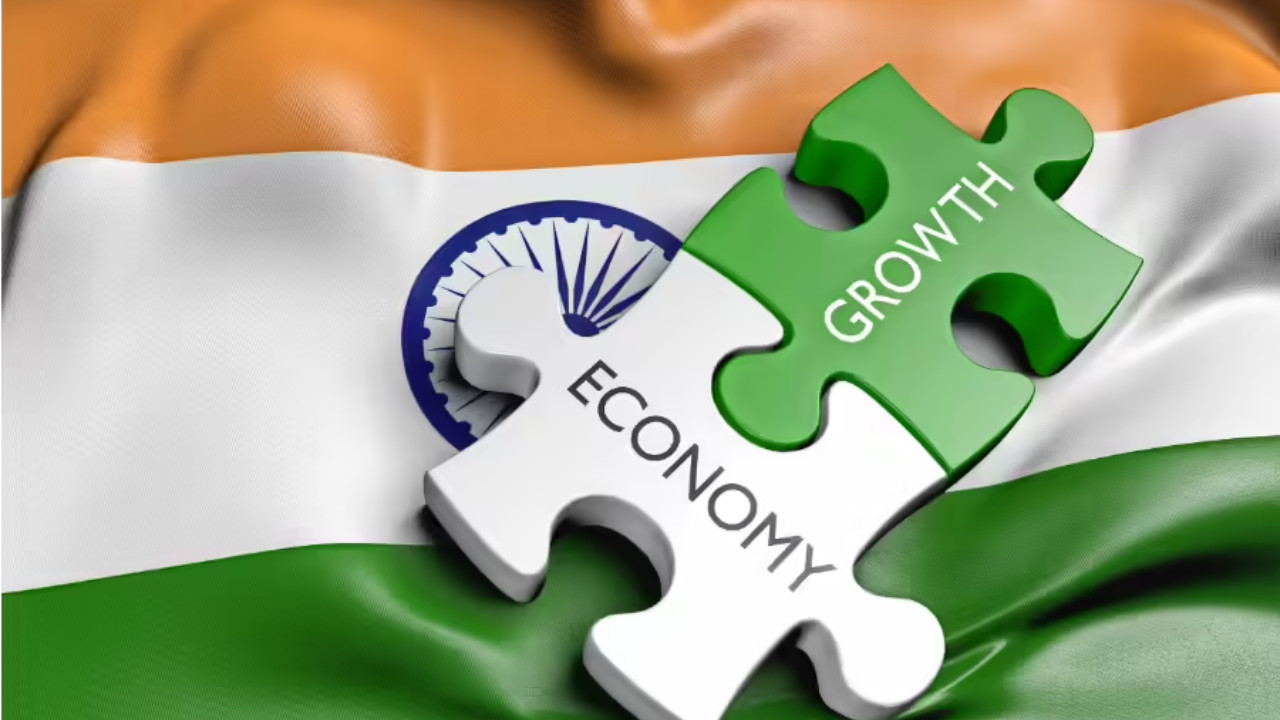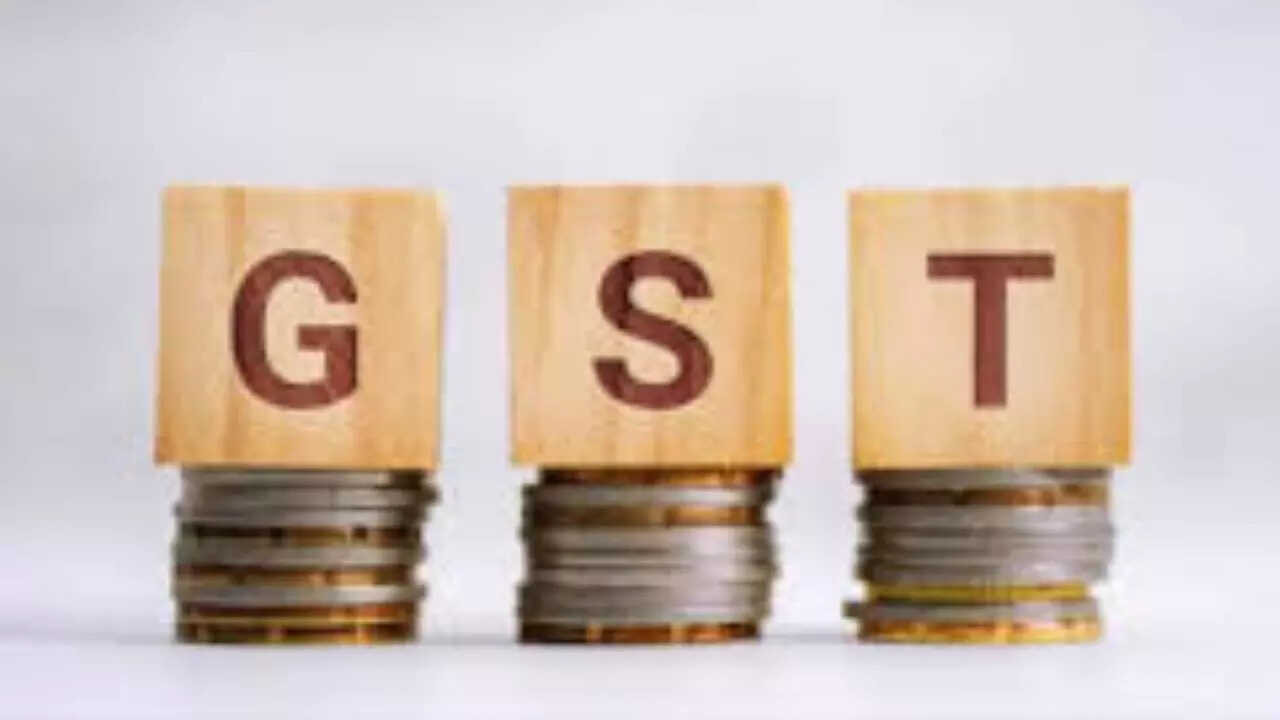India faces tighter finances as tax cuts reduce revenue. Moody’s Ratings notes this limits government economic support. Lower tax collections are impacting fiscal goals. Easing inflation and monetary policy are expected to boost household spending. Domestic demand and infrastructure spending remain key growth drivers for India’s economy.
India’s Fiscal Tightrope: Navigating Tax Cuts and Economic Support
India’s economic landscape is always a complex tapestry, woven with threads of growth, reform, and, inevitably, fiscal challenges. Recently, Moody’s Ratings cast a spotlight on a growing tension: how tax cuts and slower government revenue growth might affect India’s capacity to provide crucial support to its economy. This isn’t just about numbers; it’s about the practical implications for businesses, individuals, and the nation’s overall trajectory.
The heart of the matter lies in the government’s recent decisions to lower taxes in certain sectors, aiming to spur economic activity and attract investment. While the intent is undeniably positive – fostering growth and making India a more attractive destination – the immediate effect is a reduction in government revenue. This reduction, coupled with potentially slower-than-anticipated economic expansion, creates a fiscal strain.
Now, a little fiscal strain isn’t always a cause for panic. Governments routinely manage fluctuations in revenue and expenditure. However, the concern arises when this strain impacts the government’s ability to implement vital support measures. Think of targeted subsidies for vulnerable populations, infrastructure projects that create jobs and stimulate demand, or even financial lifelines for struggling industries. These measures are critical for maintaining economic stability and promoting inclusive growth, especially in times of global uncertainty.
One area that’s being closely watched is infrastructure. India has ambitious plans for developing its infrastructure, from roads and railways to ports and power plants. These projects are not just about modernizing the country; they are powerful engines of economic growth, creating jobs, attracting investment, and improving overall productivity. However, these projects require significant government funding, and any constraints on revenue could jeopardize their timely completion. We explore the challenges of infrastructure development further in our piece on [Public-Private Partnerships in India](internal-link).
The implications extend beyond infrastructure. Consider the agricultural sector, a cornerstone of the Indian economy. Farmers often rely on government subsidies for inputs like fertilizers and electricity. Reduced government revenue could lead to cuts in these subsidies, impacting agricultural production and, consequently, food security and rural incomes. Similarly, social welfare programs, essential for supporting vulnerable populations, could face funding constraints, potentially exacerbating inequality and social unrest.

But is this all doom and gloom? Not necessarily. The government has several levers it can pull to mitigate these challenges. Firstly, it can focus on improving tax collection efficiency. Plugging loopholes, cracking down on tax evasion, and streamlining the tax administration process can significantly boost revenue without resorting to unpopular tax hikes. Secondly, the government can prioritize spending, focusing on high-impact areas and eliminating wasteful expenditures. This requires careful planning and a willingness to make difficult choices, but it can free up resources for critical support measures.
Furthermore, the government can explore alternative sources of funding, such as privatization of state-owned enterprises or attracting foreign investment. Strategic disinvestment can unlock significant value and inject much-needed capital into the economy. And, of course, continued economic reforms aimed at improving productivity and competitiveness are essential for generating sustainable revenue growth in the long run. The impact of tax cuts could be softened if the economy experiences exponential growth and increased investment.
The path forward requires a delicate balancing act. The government needs to maintain its commitment to tax reforms that encourage investment and growth, while simultaneously ensuring that it has sufficient resources to support the economy and vulnerable populations. This demands fiscal prudence, strategic planning, and a willingness to adapt to evolving economic realities. It’s about finding the right mix of policies that promote both short-term stability and long-term sustainable growth. Successfully navigating this fiscal tightrope is crucial for India to realize its full economic potential and ensure a prosperous future for all its citizens.







